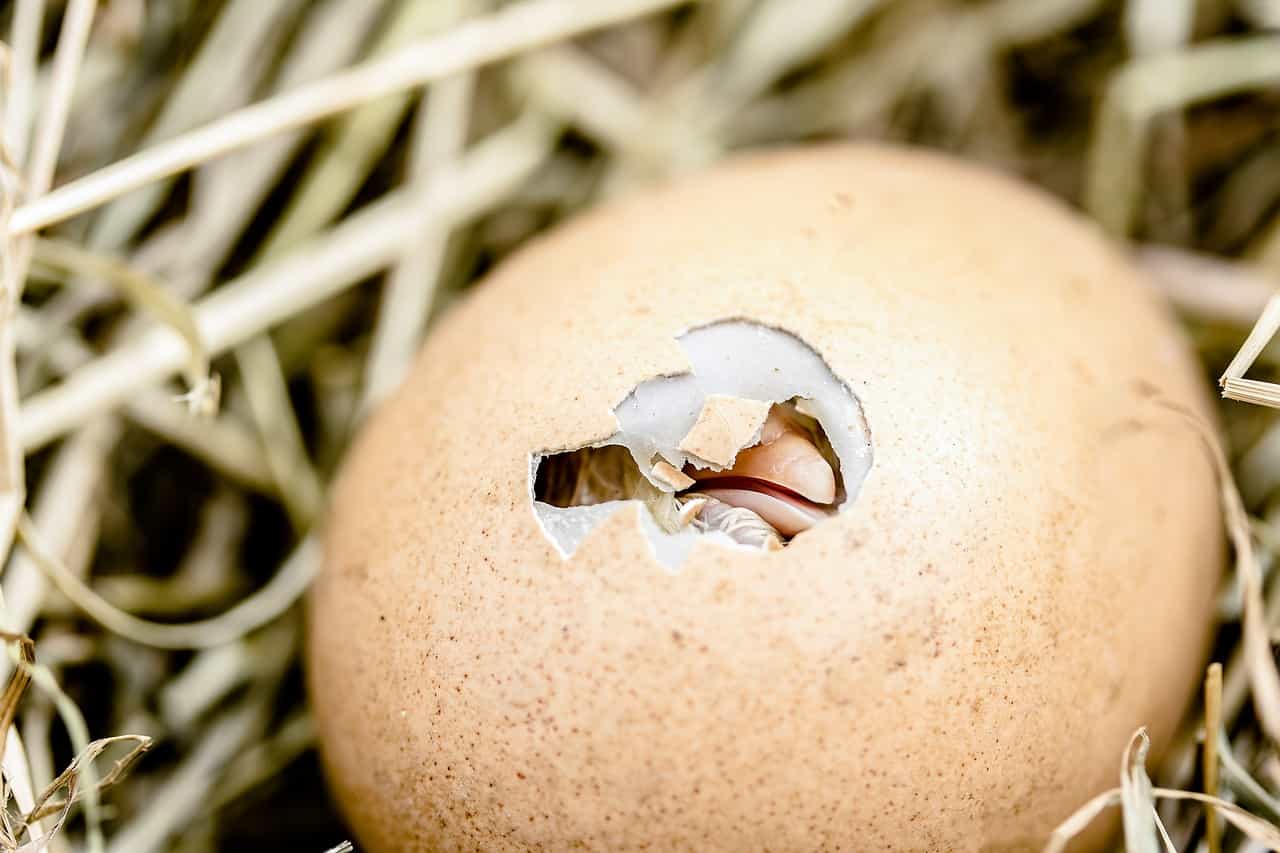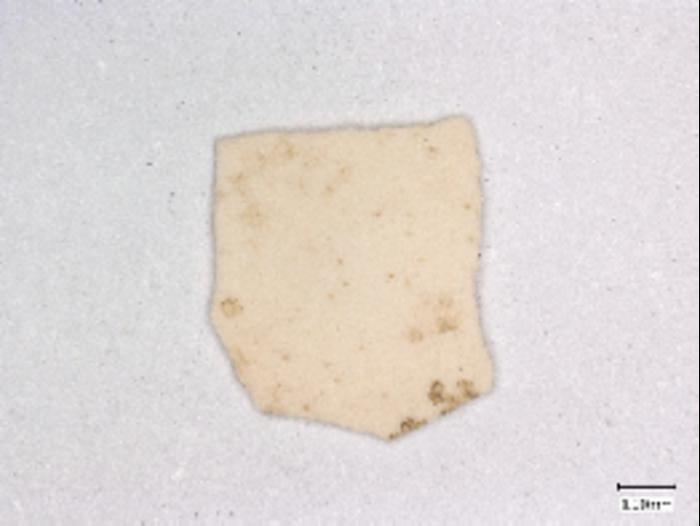
Imagine that the world ended today in a mass extinction event like the one that wiped out the dinosaurs 65 million years ago. If an alien paleontologist were to visit our planet millions of years from now, what kind of fossils do you think they’d find? I can tell you right now that the first bones they’ll probably find are chicken bones.
Ubiquitous birds
There are at least 26 billion chickens in the world right now, more than double the number from 1990. That’s more than any other vertebrate and at least one order of magnitude greater than any other bird. This figure counts just the number of living chickens at any one point in time — over a year around 60 billion chickens are slaughtered. Just imagine the sheer number of carcasses and countless bones generated by this industry, which at some point will become compacted in sediment and forever trapped in time in a thick layer of fossils.
I’m not saying this to paint a grim picture. I’m just pointing out how far selective breeding — which among other things has tripled the size of chickens since the 1950s — has come. But how did the story of the most successfully domesticated animal (at least numbers-wise) first begin? That’s a remarkably challenging question that is not as straightforward to answer as other domesticated animals, such as the taming of wolves into dogs.
However, a new study has made some progress. A team of archaeologists and biologists have found the earliest evidence of chickens raised specifically for their eggs. Some date from as early as 400 BCE in Central Asia. The scientists argue that at least as early as about 2,500 years ago, the domesticated chicken had lost the seasonal egg-laying seen in its wild counterpart. The steady supply of eggs day in and day out would have been extremely appealing to the ancients. And, naturally, this would have helped chickens to disperse across Eurasia and northeast Africa along the Silk Road.
“In addition to tracing out the process of dispersal for one of the most numerous animals on the planet today, we show when people started raising the birds for their eggs instead of meat, sport, or ornamentation. Once the chicken spread along the trans-Eurasian exchange routes that we colloquially call the Silk Road, it went on to become one of the most economically significant animals of all time,” Dr. Robert Spengler, leader of the Domestication and Anthropogenic Evolution research group and principal investigator on the study, told ZME Science.
Chicken origins
The chicken descended from the Southeast Asian Red Junglefowl (Gallus gallus). Some scientists have suggested that the first chickens appeared more than 6,000 years ago, while others claim that archaeological evidence points to a domestication event in China as early as 10,000 years ago. However, these claims are likely hyperbolic. It is trivial to confuse chicken bones with those of other birds, such as pheasants. Burrowing animals can bury small chicken bones quite deep, under much older layers of dirt, further skewing dating efforts.
To illustrate just how sketchy the timeline of chicken domestication can be, consider this 2022 study by Julia Best at Cardiff University. Best and colleagues used radiocarbon dating on a set of chicken bones from archaeological sites across Europe and north-west Africa. They found most of them were much younger than previously claimed. In one hilarious case, one bone from Bulgaria that was supposed to be 7,500 years old was found from sometime between 1959 and 1985. What was supposed to be a chicken raised by people contemporary with the Sumerians turned out to be a supermarket variety.
The Cardiff study did come up with one very useful conclusion, however. Apparently, chickens didn’t arrive in Europe until the first millennium BCE. Another 2022 study co-authored by Ophélie Lebrasseur at the Centre for Anthropobiology and Genomics of Toulouse in France claims to have found the earliest “unambiguous” evidence of domestic chickens. The roughly 3,500-year-old chicken bones were found at a site called Ban Non Wat in central Thailand.
What’s intriguing is that there is little evidence that such early chickens were used for their meat. In some cases, chicken bones were found in deliberate burials, sometimes alongside humans, suggesting a cultural and ritualistic connection between the two species.
That may very well have been the case, but new findings suggest that domesticated chickens eventually had a clear practical purpose: laying eggs.
From seasonal egg-laying to farming


The researchers at Max Planck analyzed eggshell fragments from 12 archaeological sites across Central Asia spanning roughly 1500 years.
“I started gathering data for this study more than eight years ago, when I found a few small fragments of eggshells under the microscope as sifting through sediment samples. Most archaeologists would overlook these very small fragments of data, and my research team is particularly interested in topics that no other scientists are studying. Slowly, over the following eight years, we built up a large assemblage of these small fragments from many different sites dating to a range of different time periods,” Spengler said.
Utilizing ZooMS (Zooarchaeology by Mass Spectrometry), a cutting-edge biomolecular technique, the research team succeeded in identifying the origins of these eggs. Unlike genetic analysis, which relies on DNA, ZooMS analyses protein signals, offering a faster and more cost-effective means of species identification. This method not only confirmed the fragments as belonging to eggs from domestic chickens but also revealed a higher frequency of egg laying than that of their wild ancestors, the red junglefowl.
The junglefowl lays approximately 10 to 15 eggs over an entire year, in one or two clutches during its breeding season. In contrast, a modern “egg-laying” hen lays 250 to over 300 large eggs in a year. These very early domesticated Central Asian chickens were probably not as proficient as the modern variety, but they were clearly laying a lot of eggs compared to the junglefowl. It’s the earliest evidence for the loss of seasonal egg laying identified so far.
This fostered ability to lay a lot of eggs might have propelled the chicken on a track that made it indispensable in backyards throughout antiquity all the way to modern-day farms. The chicken probably dispersed on established ancient trade routes such as the Silk Road, which linked China with the West.
“While the dispersal of ancient crops and domesticated animals probably spread, in many case, more like a wave of advance, there are some key corridors of dispersal. The two most notable routes of ancient dispersal, both historically and archaeologically, are the trans-Eurasian exchange route that are commonly called the Silk Road, and the southern coastal routes, which are variably called the Spice Routes, Incense Road, or the Sea Links. These two corridors are responsible for shaping cultures across three continents,” Spengler said.
The new findings appeared in the journal Nature Communications.
Thanks for your feedback!

